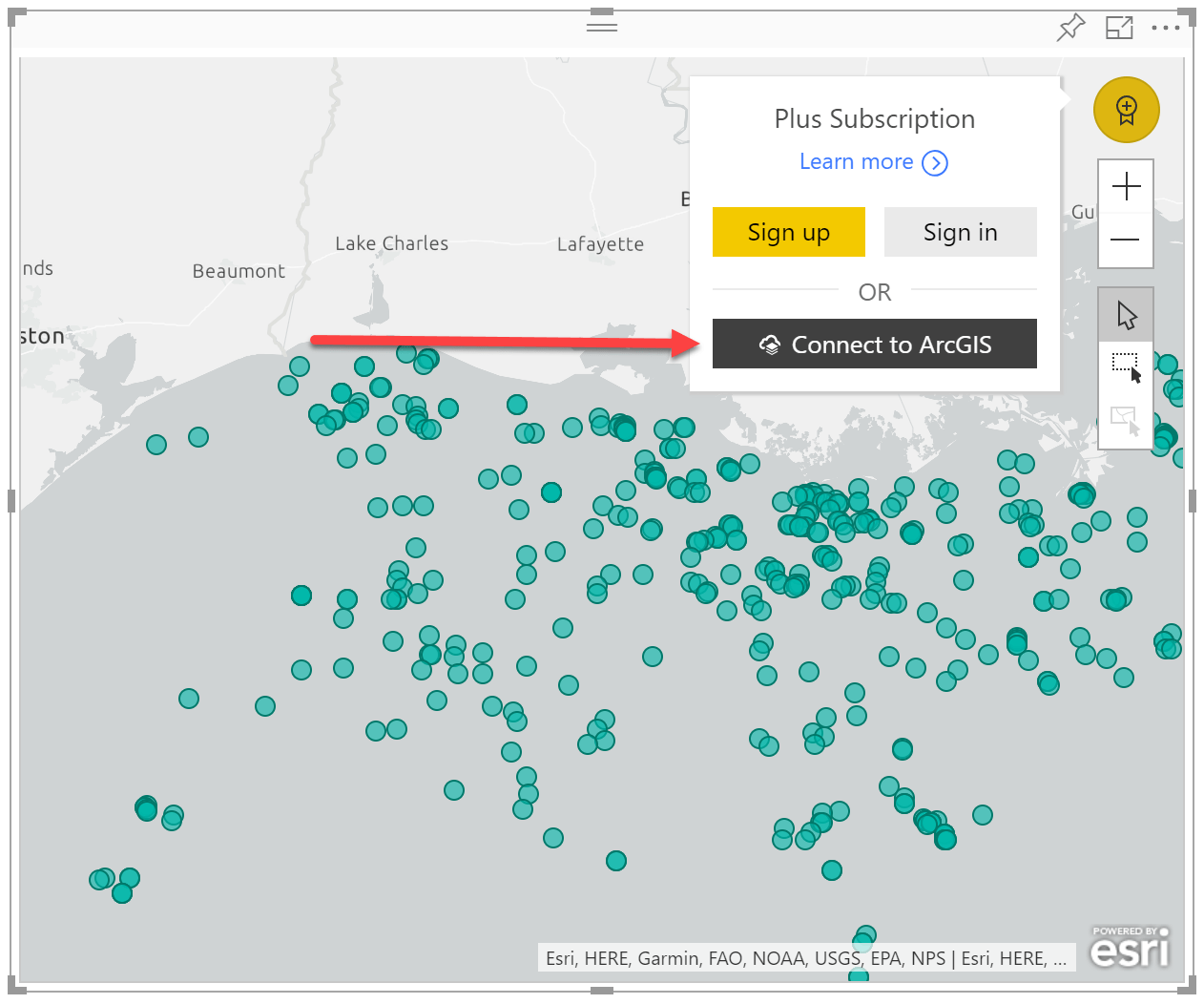

As you click on other visuals, you still want the legend to display without cross-filtering, so be sure to adjust that using Edit Interactions on the Formatting tab of the ribbon. this is your end result – don’t forget to turn the visual header off!Ĩ) The final step is to edit the interactions between the legend and the other visuals on the page. To sort one column by another, select the column of interest in the field paneĪfter things are sorted correctly you’ll have your final result that you can place on your canvas, which will interact with all the other report visuals.

This is also a nice trick to use if you want to build a scorecard! You can do much more with table and matrix visuals than you might initially think – there’s a lot of room to get creative!Ħ) You’ll then change the font color of the column headers (as there’s no one-click way to make them disappear).ħ) You will also need to sort the Label field by the Sort column that we created in Step 1 (Test Rate Sort). We’re going to apply conditional formatting to the background color AND the font colorĪpply conditional formatting to both the background AND the font color of your column of interest. This is a table visual with the fields Legend and Test Rate Label in it. I think the color thing is pretty slick! How did they do that?!Ĥ) Now you can drop the values into either a table or matrix visual to create your legend!ĥ) We will apply conditional formatting based on a field value to get the hex colors to appear. You can use either a color name or a hex code. Here’s an example of how you can accomplish something similar with a measure (if the data is structured differently).

My two favorite websites for looking up and figuring out hex code colors are Color Picker Online (where you upload an image) and HTML Color Codes (where you can pick from a palette). Add a conditional column and add the text you want to appear in the output.ģ) This is the fun part – now you can set the hex codes for the colors that you want to appear in the legend! In this case, the data was not modeled in a star schema* and I added columns to accomplish the goal.Ģ) After you have your categories set, you’ll want to add the text that you want to appear in the legend. **Caution: Adding columns adds bulk to the model and is not a best practice if you plan to scale your reports. There are a number of different ways to do this, but in this case we used a couple of additional columns in Power Query. Here’s how I did it and what I ended up with!ġ) Ensure you have your breaks or categories set. One workaround I have seen in the past is to add a static image, but that also wouldn’t work here, as we wanted something interactive (for cross-filtering).

In this ArcGIS map, there’s a nice (and customizable) legend, but it still didn’t fulfil exactly what we wanted


 0 kommentar(er)
0 kommentar(er)
